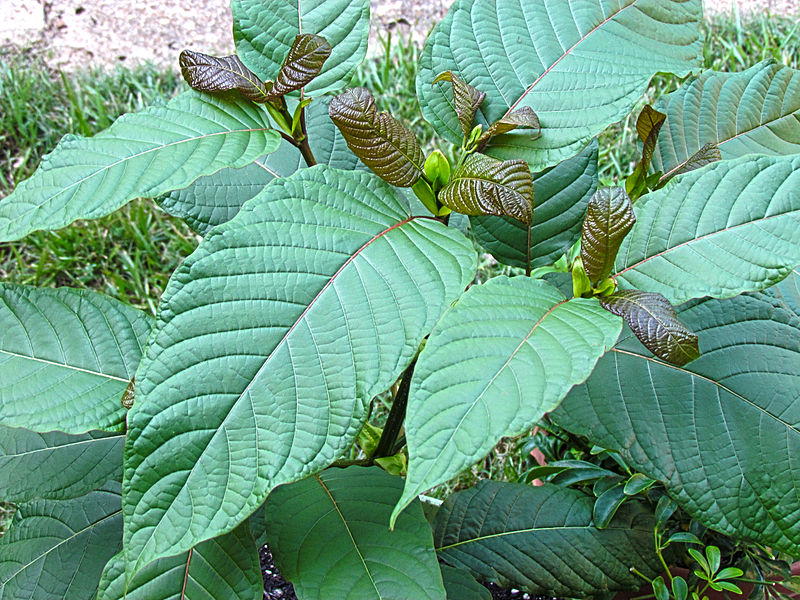Kratom, UN and WHO: good news
During October 2021 the World Health Organization’s (WHO) Expert Committee on Drug Dependence (ECDD) organized a series of meetings regarding the implementation of the international drug control treaties: changes in the scope of control of substances, which resulted in a final report with the assessments, findings and recommendations about different substances. That means that the substances analyzed and considered as a harm or risk to health would go under a critical review and could be scheduled in the list of the Single Convention on Narcotic Drugs (1961) or the Single Convention on Psychotropic Substances (1971) of the United Nations Office on Drugs and Crime (UNODC).
From seven of the substances analyzed, three of them were scheduled (Brorphine, Metonitazene and Eutylone). The other four (4F-MDMB-BICA, Benzylone, Kratom – and its many alkaloids – and Phenibut) were kept under surveillance, which is the same status they had before the meeting.
In practical terms, kratom being kept as a substance under surveillance means it is still considered to have potential to cause public health harm by the WHO, but after further analysis there are insufficient evidences to recommend a critical review as the risk of abuse or dependence are low, as well as the extent of public health and social problems caused by it even when considering that people report using kratom to self-medicate a variety of disorders and conditions, including pain, opioid withdrawal, opioid use disorder, anxiety and depression, and also being used as part of traditional medicine in some countries.
“Keeping kratom legal is important not only for the ones who use the plant to improve their quality of life, but also for the ongoing researches to determine the basic pharmacology and the potential therapeutic value of it.”
It is estimated that around 15-16 million people make use of kratom only in the USA. Traditionally, we can add a few millions more in the Southeast Asia, where it is native from. As it is gaining popularity also in Europe, organizations like the European Monitoring Centre for Drugs and Drug Addiction (EMCDDA) have put the substance under their radar, but now that the UN and the WHO released the current report demonstrating there is no reason to consider kratom and its alkaloids a harmful substance, it should influence decisions at regional and national levels.
Keeping kratom legal is important not only for the ones who use the plant to improve their quality of life, but also for the ongoing researches to determine the basic pharmacology and the potential therapeutic value of kratom, mitragynine and 7-hydroxymitragynine. According to a few researchers, kratom could be the future for the Big Pharma products against pain, replacing the consumption of opioids in different cases without causing the same harm and deterioration to the body. For now, what we see is the Big Pharma fighting against it, afraid exactly of losing profits from its billionaire opioid industry. Hopefully the respect for the human beings prevails in this fight for money.

Now that the UN and the WHO released the current report demonstrating there is no reason to consider kratom and its alkaloids a harmful substance, it should influence decisions at regional and national levels.



